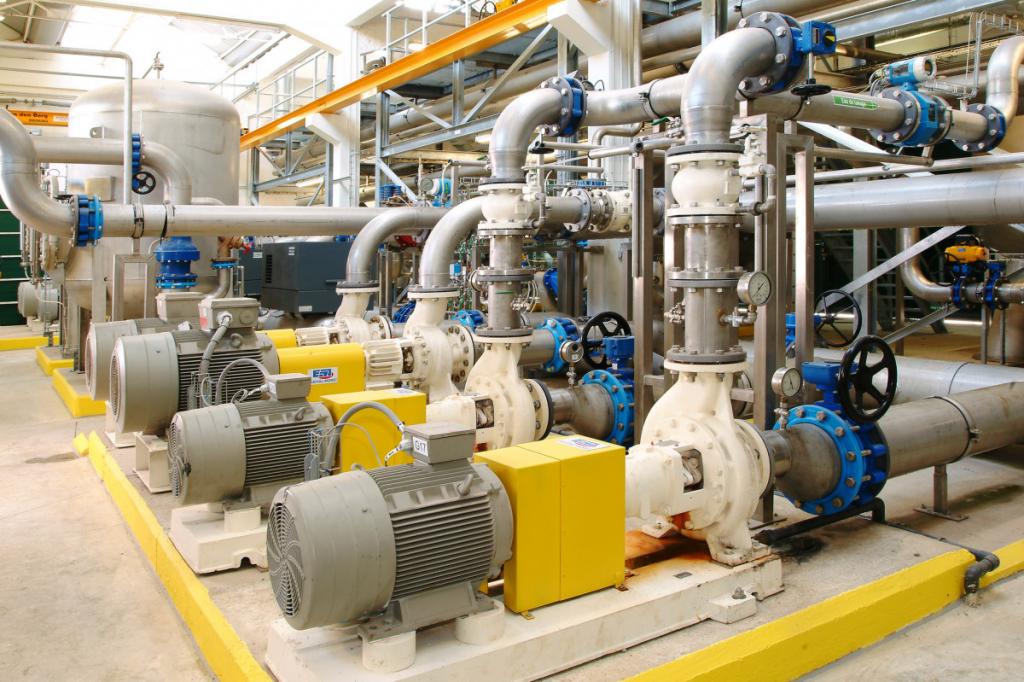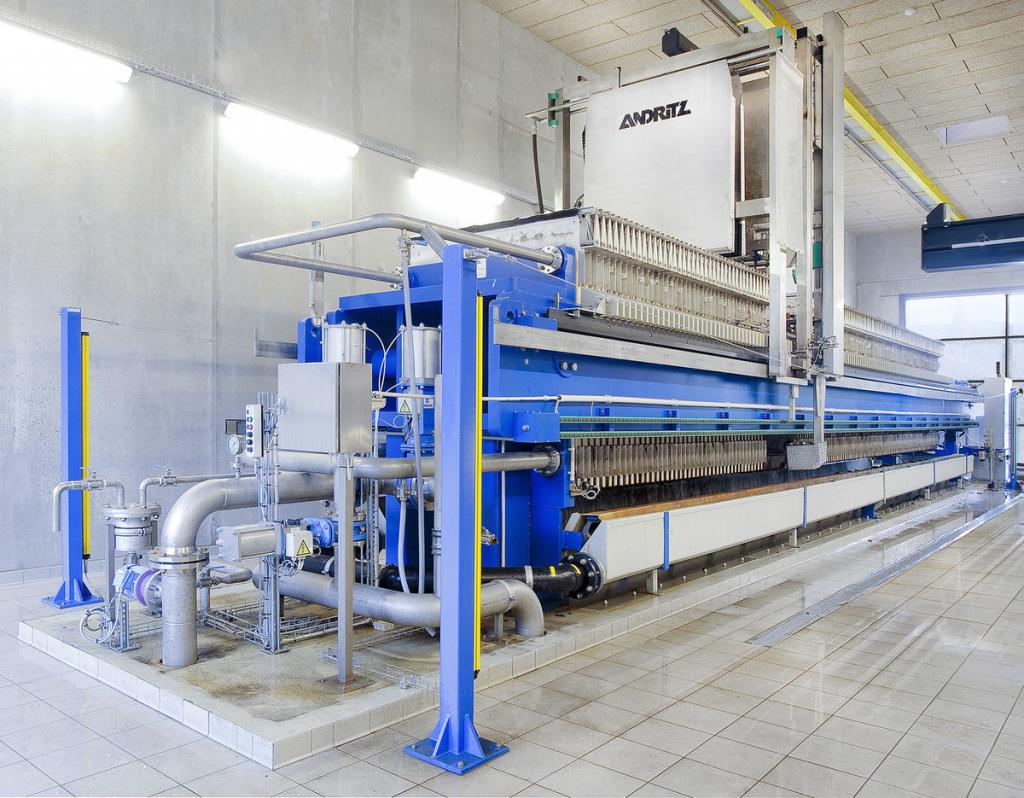John Cockerill Environment works on the whole drinking water cycle:
- Surface water or ground water intake
- Water treatment
- Pumping for transfer or overpressure
Water catchment
Thanks to our drinking water collection devices, we can capture water:
- either from surface water via water collection devices
- or from the water table (deep wells equipped with a submersible pump (submerged motor) or a pump on a shaft with the motor at the surface.
The selection of the equipment is carried out in collaboration with our clients, based on specific project constraints and requirements.
The treatment of drinking water
Following collection, the type of treatment to apply to the water to make it safe to drink depends of the raw quality of its components.
Total suspended solids (TSS), iron, manganese, nitrates, pesticides, sulfates, salts, pathogens, taste or odors, etc. all undesirable elements in the water should be treated.
Several steps are usually necessary. According to the issues encountered, we can deploy
- Physical-chemical treatments
- Settling
- Sand Filtration
- Activated carbon filtration
- Ion exchange resins
- Re-mineralization via a neutralizing mass
- Chemical disinfection
- Ultraviolet disinfection
- Treatment using membrane techniques (nano-filtration, reverse osmosis)
- Disinfection via ultra-filtration
Pumping for transfer or overpressure
Pumping is necessary to transfer the water from catchment areas to treatment plants, or from catchment areas or treatment plants to reservoirs or water towers.
To increase the pressure available, it is often necessary to use booster pumps.
These pumps in the pumping stations can be operated at a fixed or variable speed (Via a speed controller)





